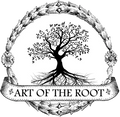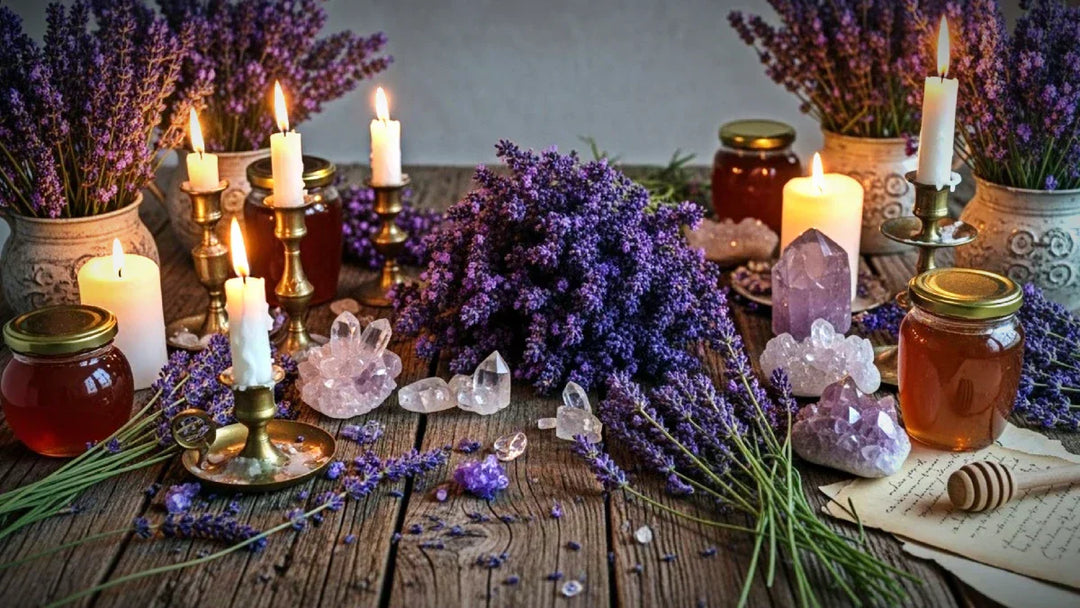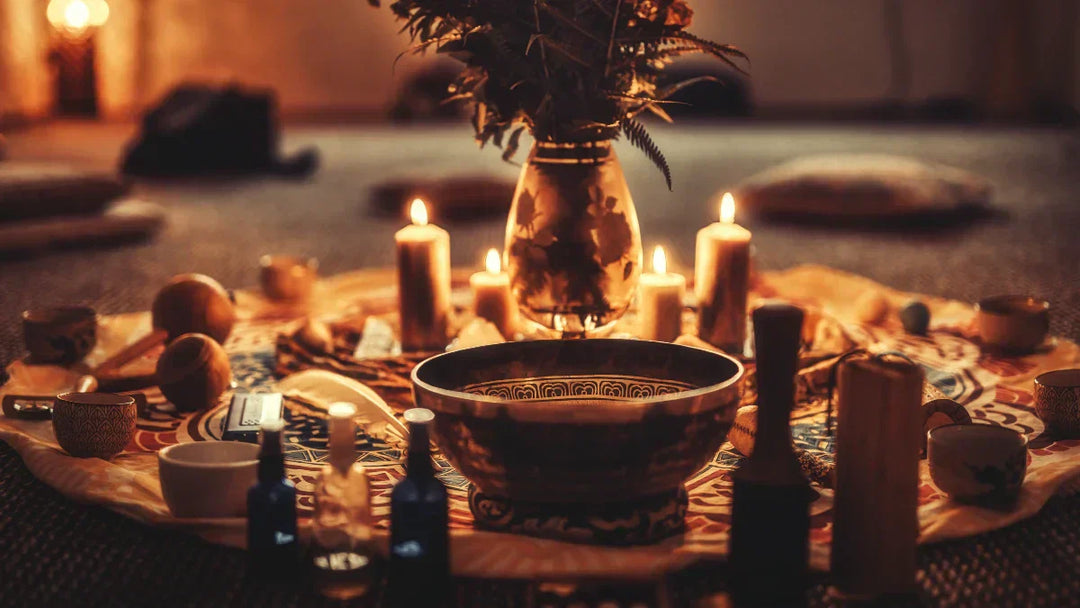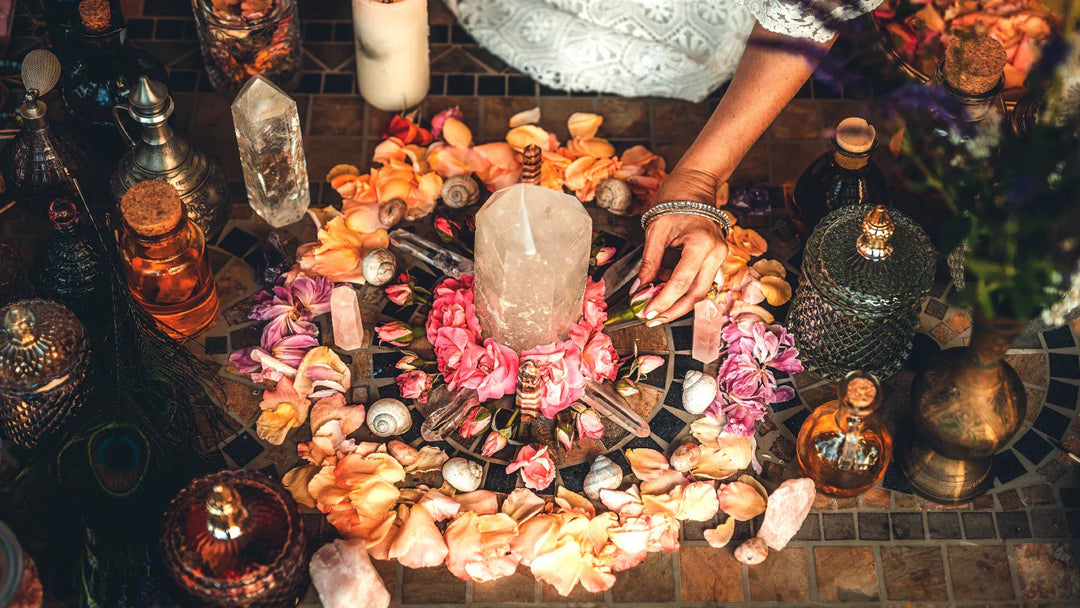Runes are more than just ancient symbols carved into stone or wood; they are powerful keys to understanding the spiritual practices of the past while offering insight and magic for modern practitioners. For centuries, these symbols have been used for protection, divination, and invoking divine energies. Whether you’re new to working with runes or looking to deepen your connection to them, this article will guide you through their meanings, historical magic, and how they can enrich your spiritual practice today.
The Magical Power of Runes

Imagine holding a small carved rune in your hand—its edges worn smooth from centuries of use. This symbol isn’t just a letter in an ancient alphabet; it’s a vessel of power, deeply connected to natural forces, the gods, and fate itself.
Runes were believed to hold intrinsic magical power, with their shapes and meanings closely tied to natural forces, divine energies, and human destiny. Ralph W. V. Elliott explains that runes were frequently employed in magic due to their association with sacred symbols, such as trees and stones, and their perceived connection to divine realms (Elliott, 1957, p. 251). Each rune represented a concept—protection, wealth, transformation—and was used to influence events, invoke divine assistance, or shield against harm.
Chester Nathan Gould’s analysis in Gematria (1930) highlights the profound magical significance of runes in inscriptions. Sigurd Agrell, as cited by Gould, theorized that runes were imbued with numerical values that enhanced their mystical properties. For instance:
- Algiz (ᛉ): Represented protection, often used to ward off negative forces or shield individuals in dangerous situations.
- Fehu (ᚠ): Symbolized wealth and abundance, frequently invoked in rituals aimed at prosperity and material gain.
- Tiwaz (ᛏ): Represented justice and divine order, linked to the god Tyr, and used in spells requiring fairness or victory in battle (Gould, 1930, pp. 465–467).
Runes were often inscribed on tools, weapons, amulets, and stones to invoke their symbolic powers. For example, the Golden Horn of Gallehus features runic inscriptions meticulously constructed to combine numerical and symbolic meanings, creating potent charms (Gould, 1930, p. 467). The numbers associated with runes—7, 9, and 24—held mystical significance, further amplifying their power.
Yew wood (eihwaz), revered for its evergreen nature and symbolic ties to immortality and death, was a favored medium for carving runes. Elliott notes that the cultural and magical associations of yew wood were believed to enhance the efficacy of runic inscriptions, particularly in protective amulets and charms (Elliott, 1957, p. 257). Frisian inscriptions on yew wands often included direct instructions to carry the wood as a source of strength and protection.
In modern practice, this same magic can be harnessed. Runes are often inscribed on candles, jewelry, or ritual tools, serving as powerful amplifiers of intention.
How Runes Are Used Today
Many of us turn to runes for clarity, guidance, or empowerment. Their versatility makes them a valuable addition to any spiritual practice, whether you’re seeking to deepen your connection to ancient wisdom or simply looking for a fresh perspective on your path.
Here are three ways runes are commonly used:
1. For Protection and Strength
Runes like Algiz (ᛉ), the symbol of protection, are perfect for setting boundaries and shielding against negative energies. Modern practitioners often inscribe Algiz on pendants, doorframes, or even write it in the air during a protective ritual.
2. For Manifestation and Success
Symbols such as Fehu (ᚠ), representing wealth and abundance, can help focus energy on financial goals or personal prosperity. Carve Fehu onto a green candle during a money spell or draw it on your wallet to invite abundance into your life.
3. For Guidance and Clarity
Sowilo (ᛋ), the rune of success and illumination, can provide clarity when facing tough decisions. Meditating with this rune can help you feel guided toward the right path.
Runes and Rituals

Runes have always been integral to rituals, blending symbolic energy with focused intention. Ancient practitioners used runes to invoke divine forces or bless spaces, and those practices remain just as effective today.
Simple Modern Rituals
- Protection Spell: Draw Algiz (ᛉ) on a small stone and place it near your front door to create a protective boundary for your home.
- Manifestation Ritual: Carve Fehu (ᚠ) onto a candle while focusing on your intention for financial growth or success. Light the candle and let its flame carry your intention into the universe.
- Healing Ceremony: Use Laguz (ᛚ), the rune of renewal, in water-based rituals. Write the rune on a piece of paper and place it under a bowl of water while meditating on emotional healing and release.
These rituals are adaptable, allowing you to personalize them based on your specific goals.
Using Runes for Divination
Runes are a powerful tool for divination, offering guidance and insight in moments of uncertainty. Whether cast in groups or drawn one at a time, each rune carries distinct meanings that reflect both ancient wisdom and modern relevance.
How to Practice Runic Divination
-
Casting Runes:
Place your runes in a bag and scatter them onto a cloth. Look at their placement and orientation—upright runes generally have positive meanings, while reversed or sideways runes may signal challenges or hidden truths. -
Drawing Runes:
Focus on your question and draw a single rune from the bag. Reflect on its meaning and how it applies to your situation. For more depth, draw three runes to represent the past, present, and future.
Rune Meanings: Connecting Past and Present

Each rune is a bridge between ancient symbolism and modern life. Here are a few powerful runes to incorporate into your practice:
-
Tiwaz (ᛏ):
- Meaning: Justice, leadership, and victory.
- How to Use: When seeking fairness or guidance in tough situations, meditate with Tiwaz to align with strength and integrity.
-
Sowilo (ᛋ):
- Meaning: Success, clarity, and guidance.
- How to Use: Draw this rune in your journal when setting goals or making decisions to invite light and focus into your process.
-
Hagalaz (ᚺ):
- Meaning: Disruption and transformation.
- How to Use: When facing upheaval, use Hagalaz as a reminder that change can lead to growth. Place it on your altar to symbolize resilience.
-
Fehu (ᚠ):
- Meaning: Wealth and abundance.
- How to Use: Carve this rune onto a charm and carry it with you to attract prosperity and opportunities.
-
Laguz (ᛚ):
- Meaning: Intuition, water, and flow.
- How to Use: Incorporate Laguz into moon rituals or healing baths to encourage emotional renewal and spiritual alignment.
-
Algiz (ᛉ):
- Meaning: Protection and support.
- How to Use: Trace this rune in the air with your finger during meditation to establish an energetic shield around yourself.
Final Thoughts
Runes are not relics of the past—they are living symbols that continue to offer guidance and power to those who work with them. Whether you’re inscribing them on a candle, meditating with them, or casting them for insight, runes can transform your spiritual practice in meaningful ways.
By integrating these ancient symbols into your modern rituals, you connect with the wisdom of the past while shaping your future. Take the time to learn their meanings, experiment with their energies, and discover the magic they can bring to your life.
References
- Elliott, R. W. V. (1957). Runes, Yews, and Magic. Speculum, 32(2), 250–261. The University of Chicago Press. https://www.jstor.org/stable/2849116
- Gould, C. N. (1930). Gematria. Modern Language Notes, 45(7), 465–468. The Johns Hopkins University Press. https://www.jstor.org/stable/2913834






Leave a comment